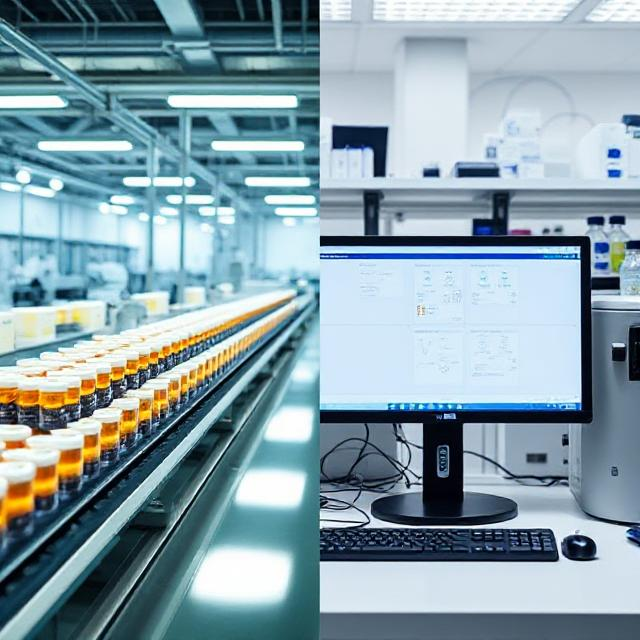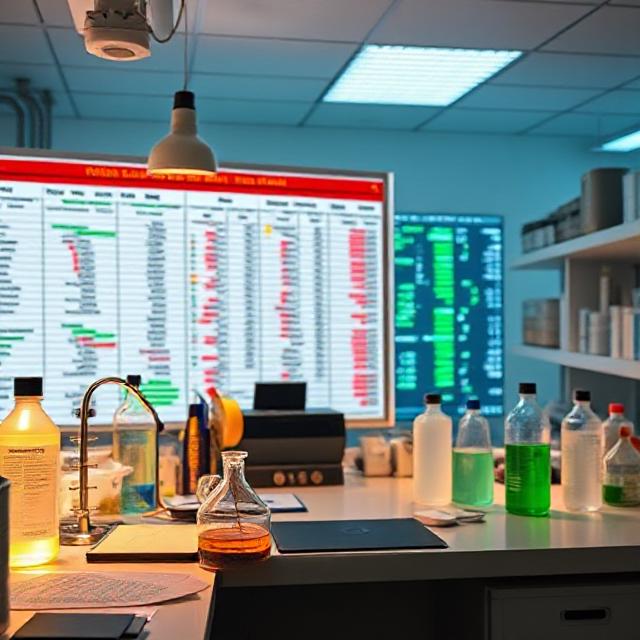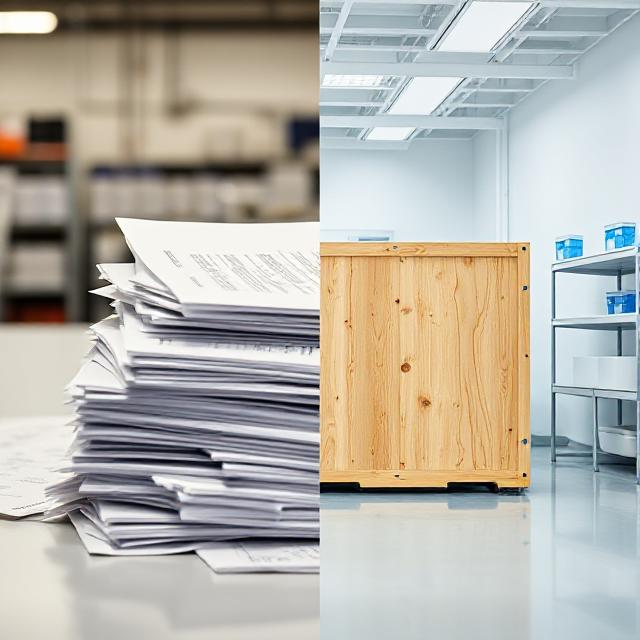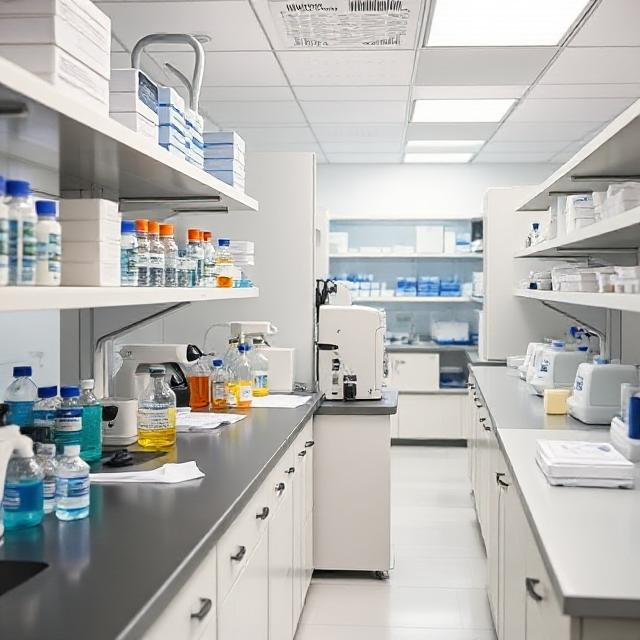In the pharmaceutical industry, Computer System Validation (CSV) is a critical process that ensures the accuracy and reliability of computer systems used in manufacturing and quality control. This article explores the differences between CSV processes for production equipment and QC (Quality Control) equipment, highlighting their unique requirements and significance in ensuring product quality and regulatory compliance.
What is CSV?
Computer System Validation (CSV) refers to the process of verifying that a computer system accurately performs its intended functions within specified limits and expectations. This process is essential in regulated industries like pharmaceuticals to ensure data integrity, accuracy, and consistency in operations.
Production Equipment and Validation
Production equipment encompasses machines and systems involved in the manufacturing of drugs, such as tablet presses, filling machines, packaging lines, and other automated production lines. The validation process for production equipment focuses on ensuring that these systems operate efficiently and consistently, producing products within defined quality parameters.
Validation Key Aspects:
- Throughput: Production systems must validate their ability to produce a certain number of units within a set time frame.
- Efficiency: The validation process ensures that production equipment operates efficiently, minimizing downtime and maximizing output.
- Consistency: Validation confirms that the system consistently produces products within acceptable quality ranges.
QC Equipment and Validation
Quality Control (QC) equipment includes devices used for testing and measuring product quality, such as
HPLC, pH meters, particle size analyzers, and other analytical instruments. The validation process for QC equipment is centered on ensuring the accuracy and precision of these devices, which are crucial for assessing product quality.
Validation Key Aspects:
- Accuracy: The validation process for QC equipment focuses on verifying that measurements are accurate, i.e., they reflect true values without significant error.
- Precision: It also ensures that the equipment provides precise results, with minimal variability in
repeated measurements. - Reproducibility: Validation confirms that QC equipment can consistently produce the same results under similar conditions.
Main consideration for GXP Equipment
- Design Considerations : Equipment should be designed to minimize contamination risks and prevent cross-contamination between different product batches.
- Material Selection: Use durable materials that do not react with the substances being processed and materials must be resistant to corrosion by chemicals used in the process and cleaning.
- Installation Guidelines: Equipment should be installed correctly to ensures that the equipment operates as intended.
- Maintenance: Maintenance schedules must be established and documented to prevent malfunctions and ensure consistent operation.
- Cleaning: Cleaning schedules must be established and documented to remove residues from previous production runs, avoiding contamination of new batches, etc..
- Documentation Requirements: Detailed records of equipment maintenance, calibration, and performance are necessary for auditing purposes.
- Calibration Standards: Regular calibration checks and calibration schedules ensure that equipment operates within acceptable tolerances.
- Operator Training: Employees operating equipment should receive comprehensive training on usage, maintenance, and troubleshooting.
- Validation Processes: Equipment must be validated to consistently produce products within specified parameters to confirm reliability and accuracy.
- Record-Keeping and Traceability: All activities related to production equipment, including maintenance logs and calibration records, should be documented.
- Regulatory Compliance: Equipment must comply with Good Manufacturing Practices (GMP) guidelines, ensuring that all manufacturing processes are documented and validated to meet regulatory standards.
Comparing Validation Processes for Production and QC Equipment
While both production and QC equipment require thorough Validation processes, there are notable differences in their focus areas and objectives:
- Validation Objectives:
- Production: Ensures that production systems can consistently manufacture products within defined quality parameters.
- QC: Validates that testing equipment accurately measures product attributes, supporting compliance with quality standards.
CSV ?
While there are differences between production and QC equipment, some similarities exist. Both require meticulous documentation, traceability, and regular reviews to maintain compliance with regulatory standards. Additionally, both validation processes benefit from a risk-based approach, which involves identifying potential failure points and implementing controls to minimize risks.
That said, one of the most significant distinctions in CSV does not lie between QC and production equipment but rather in the criticality of their data. For example, air quality data from a particulate counter system during production is GMP-critical, and under a risk-based approach, such systems are considered critical. Consequently, the CSV process for this type of equipment must prioritize data integrity and mandate full compliance with 21 CFR Part 11.
Another key distinction in CSV revolves around the configuration capabilities of the computerized system. Here, GAMP classification plays a crucial role, as it helps determine the level of validation required based on the complexity of the system. For instance, equipment with basic firmware may not need the same degree of validation as more advanced systems, such as those with full-size computers connected to them.
Conclusion
Understanding the differences between validation processes for production and QC equipment is essential for ensuring product quality and regulatory compliance in the pharmaceutical industry. While production systems focus on efficient and consistent manufacturing, QC systems prioritize accurate and reliable measurements.
From a risk-based perspective in CSV, the determining factors are not primarily tied to the area of the equipment but rather the criticality of the system itself, its capabilities, and the type of data it produces. This comprehensive approach to CSV ensures improved operational efficiency while reinforcing compliance with regulatory standards, which ultimately supports the success and reputation of pharmaceutical organizations in the global market.




